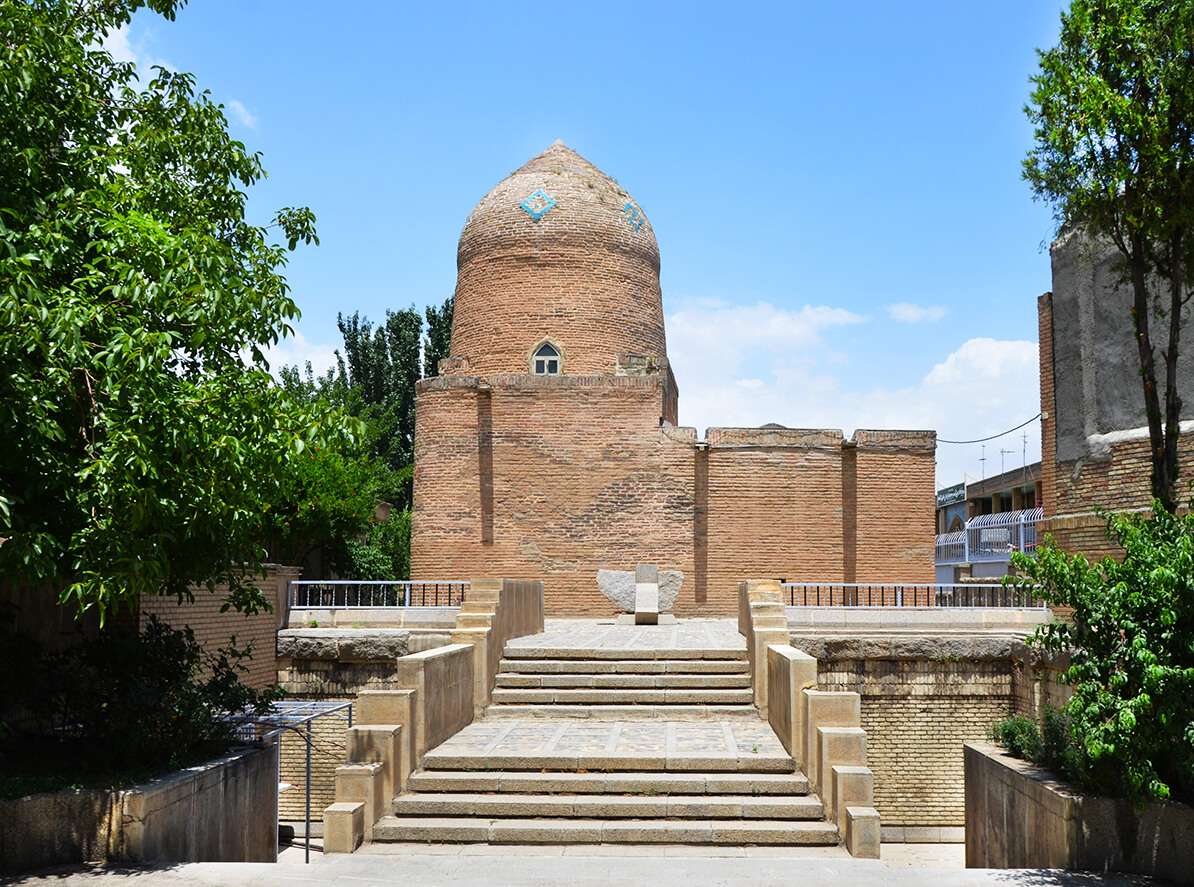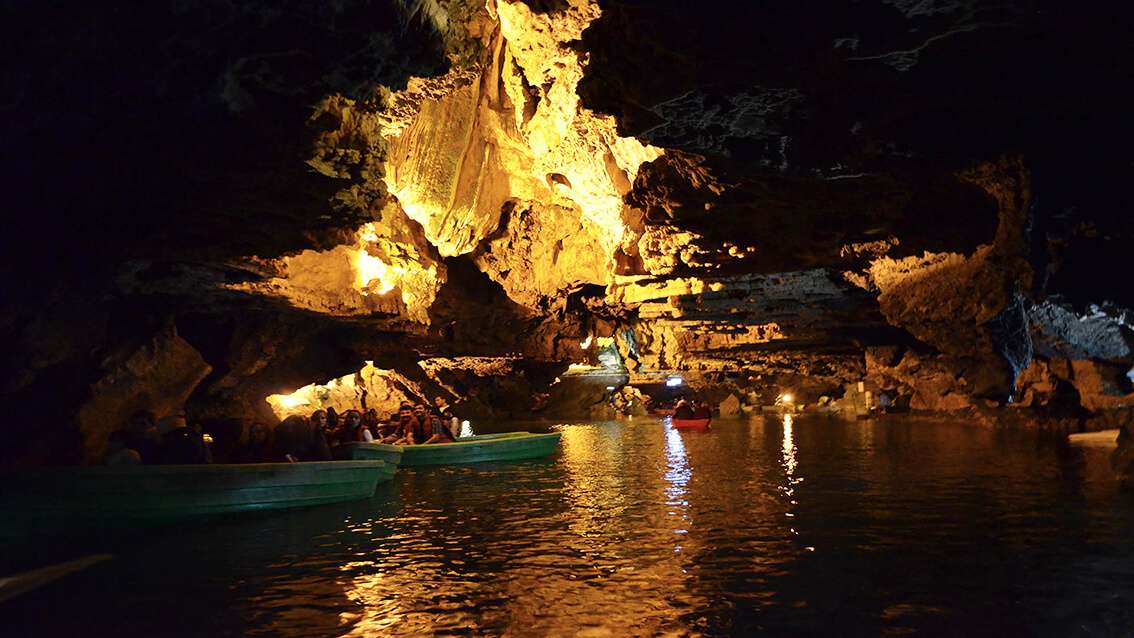Tourist Attractions In Iran
- Route NameTracking Architectural and Historical Attractions in Hamadan
- ThemeArchitecture/Museum
- Duration2 hr(s) and 30 min(s)
Tracking Architectural and Historical Attractions in Hamadan
Historical monuments are the envoys of the past. You can find them in every corner of this ancient country. Parts of Iran coming from the more ancient times, like Hamadan, enjoy a greater variety of monuments. Visit the Tomb of Baba Taher Oryan, an 11th century Iranian poet and philosopher. The tomb is located on a hill, structured in an octagonal shape with a combination of contemporary and old architectural styles. After that, stop at Gonbade Alaviyan, the 12th century building which was originally used as a mosque, but later on became the mausoleum of the Alavy family. On another hill close to the city, you can find the ancient Tappeh Hegmataneh, which bears the fingerprints of ancient kings such as the Median king, Deioces, and the Aechaemenid emperor, Darius the Great.
- Tomb of Baba Tahir
- Gonbad Alaviyan
- Tappeh Hegmataneh (Ecbatana Mound)
- Route NameAn Impressive Journey Through Time in the History of Hamadan
- ThemeArchitecture/Museum/Eastern Bazaar
- Duration2 hr(s) and 45 min(s)
An Impressive Journey Through Time in the History of Hamadan
In every chapter of the history of Iran, Hamadan has been present and has received a title; the capital city, the junction of cross-continental trade routes, the birthplace of notable poets, the resting place of important scientists, etc. Visit the Bazaar of Hamadan where you can see a historical structure which was an important trading hub along popular trade routes back in time, living its last days. Then visit the Tomb of Esther and Mordechai, where the body of Esther, wife of the Achaemenid King, Xerxes, is buried. The Avicenna Mausoleum comes next, where the body of the 10th century Iranian polymath has been returned to the earth. The last location on this route is Shire Sangi or Sange Shir (meaning a stone lion or lion stone). By its very existence, the Shire Sangi sums up the long history of Hamadan, since it has been reportedly installed in the ancient times, and the people of Hamadan have revered it as an integral part of the city by considering it as their lucky charm.
- Bazaar of Hamadan
- Tomb of Esther and Mordechai
- Avicenna Mausoleum
- Shir Sangi (Stony Lion)
- Route NameA Day Tour of Natural & Historical Attractions in Hamadan
- ThemeArchitecture/Hiking and Climbing/Caving
- Duration3 hr(s)
The History of Hamadan Told by the Rocks
Hamadan’s charm includes both natural and historical attractions. Being perched on the foot of the Alvand Mountains, the city and its surrounding are bestowed with awe-inspiring natural fascinations. This route first offers you one of the most visited sites in Iran, Ali Sadr Cave. The 190-million-year-old cave invites you to a boat-journey across twisting water channels graced with eye-catching rock formations. Then, you may spend the second half of the day visiting the Achaemenid inscriptions carved on a rock in Ganj-Nameh, in the western edge of Hamadan. The mountainous park also boasts a beautiful and natural waterfall in the heart of the rocks.
- Ali Sadr Cave
- Ganjnameh
.jpeg)


